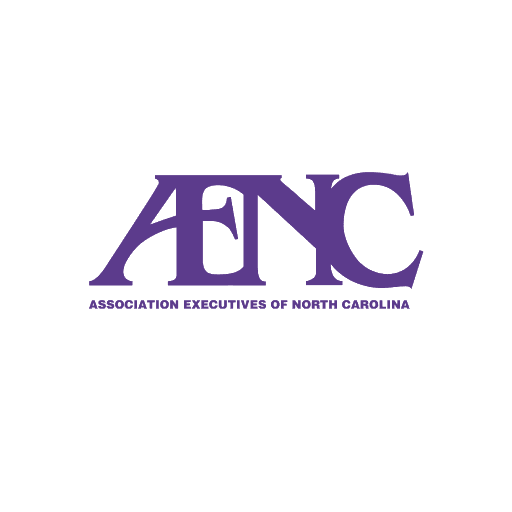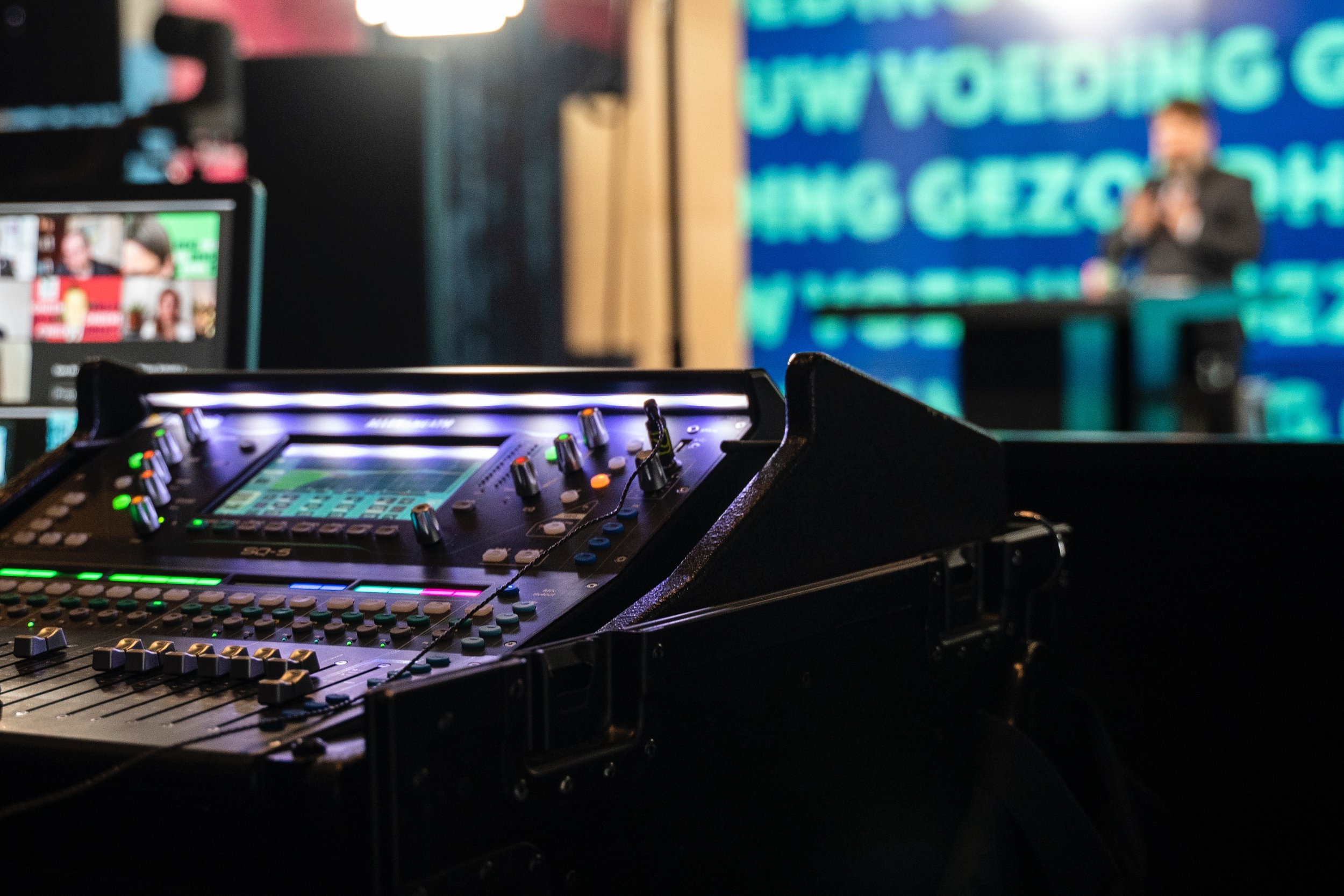The unexpected advantages of using audio visual charlotte nc for presentations
Understanding the Inclusion of Audio Visual Innovation in Today's Educational Environments
The assimilation of audio-visual technology in academic settings has actually changed the mentor and finding out procedure. Educators currently have access to tools that accommodate different learning styles, enhancing trainee interaction and cooperation. The unification of these modern technologies provides both possibilities and obstacles. Recognizing just how to effectively apply these devices is important. What approaches can teachers utilize to take full advantage of the advantages of audio-visual innovation in their classrooms?
The Evolution of Audio-Visual Technology in Education
As academic requirements developed over the decades, audio-visual technology undertook substantial improvements that reshaped the learning setting. Devices such as movie projectors and slide programs were the main methods of integrating aesthetic aspects into classrooms. These very early modern technologies supplied educators with the capacity to present details dynamically, yet they were restricted in availability and interactivity.
With the introduction of videotape recorder in the 1970s, class began to include recorded lessons, widening the range of educational sources. The introduction of computers in the 1980s further changed this landscape, enabling the creation of multimedia discussions and interactive learning experiences.
The increase of the net in the 1990s noted a pivotal minute, enabling real-time accessibility to a wealth of audio-visual products. Today, electronic tools such as interactive white boards and online discovering systems remain to enhance the instructional experience, fostering involvement and partnership amongst learners.
Benefits of Audio-Visual Tools for Diverse Understanding Styles
Audio-visual tools play an essential function in satisfying diverse discovering designs by boosting visual knowing and boosting auditory interaction. By incorporating photos, video clips, and noise, these modern technologies create a more inclusive instructional atmosphere. This complex approach allows teachers to address the different preferences and needs of trainees efficiently.
Enhancing Visual Understanding
Involvement in the knowing procedure is significantly boosted through using audio-visual devices, accommodating different finding out designs. These devices, such as video clips, infographics, and interactive discussions, supply aesthetic stimulations that help comprehension and retention. Visual learners, specifically, take advantage of the consolidation of images and animations, which can simplify complex principles and boost understanding. Additionally, audio-visual sources can highlight real-world applications, making learning extra pertinent and appealing. By incorporating shade, movement, and sound, educators can develop a dynamic knowing atmosphere that catches students' focus and promotes deeper cognitive links. Eventually, the tactical use audio-visual modern technology not just supports aesthetic discovering but also enhances the total academic experience for varied learners.
Improving Auditory Engagement
A considerable benefit of integrating audio-visual tools in education and learning is their capacity to improve acoustic interaction amongst pupils. These tools, which include multimedia presentations, podcasts, and interactive audio elements, accommodate various discovering styles, specifically benefiting acoustic learners (audio visual charlotte nc). By incorporating audio and narrative, instructors can create immersive experiences that record students' focus and enhance comprehension. This involvement is essential, as it promotes a much deeper understanding of the material and promotes retention. Furthermore, audio-visual devices can assist in joint knowing atmospheres, urging students to take part in conversations and share their insights. Ultimately, the consolidation of audio-visual modern technology not only supports auditory involvement but also enhances the general instructional experience, making discovering more dynamic and reliable for all pupils
Enhancing Engagement With Interactive Discovering

Gamification aspects, such as tests and simulations, can boost inspiration and retention, making learning a lot more enjoyable and reliable. These methods not just stimulate cognitive engagement yet also provide to diverse discovering designs, making certain that all students can participate meaningfully. Consequently, interactive understanding atmospheres cultivate a sense of neighborhood and belonging, ultimately resulting in boosted academic results. Via the integration of audio visual technology, educators can transform conventional class into lively rooms where students flourish and actively shape their educational trips.
Bridging Theory and Experiment Multimedia Resources
Multimedia resources act as a crucial web link between theoretical ideas and sensible application in instructional setups. By enhancing engagement, assisting in collaborative learning experiences, and supporting diverse learning styles, these tools develop an extra comprehensive and vibrant learning environment - audio visual charlotte nc. This method not only fosters much deeper understanding but also prepares students for real-world challenges

Enhancing Engagement Via Multimedia
Involvement in instructional setups substantially raises when trainers integrate multimedia resources right into their mentor techniques. The use of video clips, podcasts, and interactive presentations enhances the finding out experience, enabling trainees to link with the material on numerous levels. Multimedia sources accommodate various finding out designs, offering visual, acoustic, and kinesthetic stimuli that can hold pupils' interest better than standard lecture methods. In addition, these resources can streamline complex principles, making them much more accessible and remarkable. By integrating multimedia, teachers can create a vibrant class atmosphere that cultivates interest and encourages learners. Inevitably, the strategic use audio-visual technology offers to bridge the void in between theoretical knowledge and sensible application, enriching the academic experience for both teachers and students.
Assisting In Collaborative Learning Experiences
Many researches indicate that collective understanding experiences noticeably boost trainee results when incorporated with multimedia resources. Multimedia tools assist in communication amongst pupils, enabling them to involve in problem-solving and vital assuming collectively. By making use of video conferencing, collective systems, and interactive discussions, instructors read more develop environments conducive to team effort and shared learning. These technologies enable students to communicate their ideas effectively and receive immediate feedback, fostering a deeper understanding of the subject matter. Additionally, multimedia resources can present complex ideas in even more absorbable styles, promoting discussion and collaboration. Because of this, the mix of joint learning and audio-visual technology not only enriches the instructional experience yet likewise prepares trainees for real-world team effort dynamics, stressing the relevance of participation and cumulative knowledge construction.
Supporting Diverse Understanding Styles
While standard mentor methods often deal with a restricted variety of learning choices, the combination of audio-visual technology uses a more comprehensive technique to education. By using multimedia resources such as video clips, interactive simulations, and digital discussions, teachers can resolve different learning styles, consisting of visual, acoustic, and kinesthetic. This flexibility enables distinguished direction, enabling trainees to involve with material in means that resonate with their private choices. Additionally, audio-visual devices can facilitate much deeper understanding by giving several depictions of intricate concepts. Consequently, students who might deal with traditional methods can discover alternate paths to success, fostering a much more fair learning setting that supports scholastic success for all learners.
Challenges in Carrying Out Audio-Visual Modern Technology
Although audio-visual technology holds wonderful guarantee for improving academic experiences, its execution often experiences considerable obstacles. One key concern is the financial burden associated with buying and preserving such devices, which can strain budgets, particularly in underfunded institutions. Additionally, inadequate training for educators can prevent reliable assimilation, leaving them ill-prepared to make use of the innovation completely. Technical issues, such as software malfunctions and compatibility problems, may additionally interrupt lessons and irritate both teachers and students. Varying levels of trainee access to technology outside the class can create differences in discovering possibilities. The potential for over-reliance on modern technology may take away from vital teaching techniques, ultimately limiting the instructional experience. Attending to these difficulties calls for a complete strategy, including ample funding, specialist advancement, and fair access to resources, to assure that audio-visual technology can be leveraged successfully in today's instructional settings.
Ideal Practices for Integrating Technology in the Classroom

Additionally, promoting an interactive environment via collective devices motivates pupil interaction and participation. Making use of varied audio-visual sources accommodates numerous discovering designs, accommodating aesthetic, auditory, and kinesthetic learners. Consistently assessing the impact of innovation on pupil discovering aids teachers refine their techniques and adapt to altering demands. Finally, including pupils in the selection of innovation promotes ownership and inspiration. By adhering to these finest methods, instructors can create a dynamic classroom environment that properly integrates modern technology and boosts the educational experience for all trainees.
The Future of Audio-Visual Innovation in Education And Learning
As class progressively accept modern technology, the landscape of audio-visual devices in education and learning remains to evolve (audio visual charlotte nc). Future developments are expected to focus on better interactivity and customization, permitting instructors to customize finding out experiences to specific pupil demands. Innovations such as augmented reality (AR) and virtual reality (VIRTUAL REALITY) will likely give immersive understanding settings, boosting pupil engagement and understanding
Moreover, expert system (AI) is positioned to play a substantial function in audio-visual innovation by providing real-time responses and flexible discovering pathways. This assimilation might assist instructors identify and address pupil difficulties much more efficiently. Cloud-based systems will certainly assist in less complicated accessibility to resources and collaboration among trainees and educators, despite place.
Along with these technological advancements, expert development for teachers will be essential, ensuring they are equipped to use these tools properly. In general, the future of audio-visual modern technology in education assures to create even more dynamic, comprehensive, and impactful learning experiences.
Often Asked Questions
Exactly How Can Educators Choose the Right Audio-Visual Devices for Their Class?
Choosing proper audio-visual tools requires teachers to evaluate their instructional objectives, take into consideration student needs, assess available technology, and seek recommendations from peers or experts, making certain tools properly improve discovering and involvement within their specific classroom atmosphere.
What Spending plan Factors to consider Are There for Executing Audio-Visual Innovation?
Budget plan factors to consider for applying audio-visual technology include preliminary acquisition prices, upkeep expenditures, training for staff, and possible software licensing fees. Additionally, long-term investment in updates and substitutes need to additionally be factored into financial planning.
Exist Details Training Resources for Educators on Audio-Visual Equipment?
Lots of organizations use training resources for teachers on audio-visual tools, consisting of on-line programs, workshops, and training guides. These sources intend to enhance educators' abilities and self-confidence in successfully integrating technology right into their training methods.
How Do We Determine the Efficiency of Audio-Visual Technology in Learning?
Gauging the efficiency of audio-visual innovation in discovering involves reviewing student involvement, comprehension, retention rates, and overall scholastic efficiency. Surveys, analyses, and observational researches can provide important understandings into its effect on academic outcomes.
What Prevail Misconceptions Concerning Audio-Visual Technology in Education And Learning?
Common false impressions about audio-visual modern technology in education include the idea that it ensures involvement and learning results, along with the assumption that all trainees profit equally, forgeting individual discovering choices and needs.